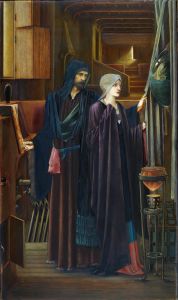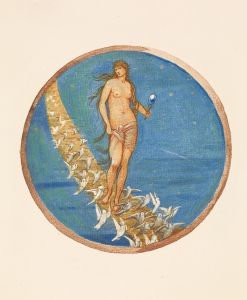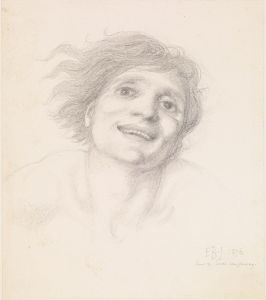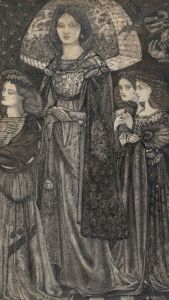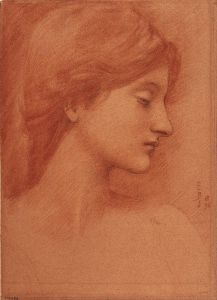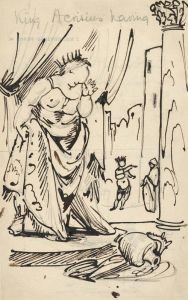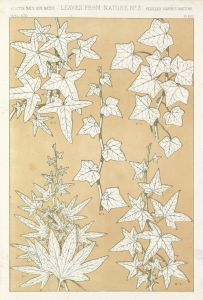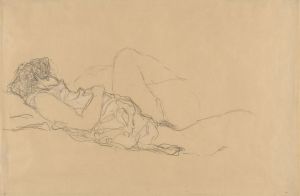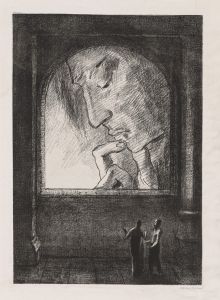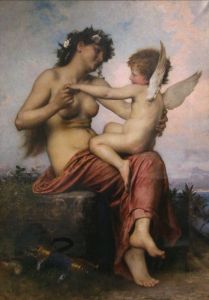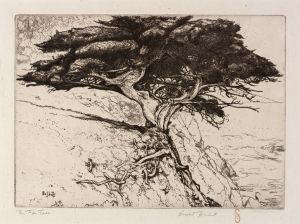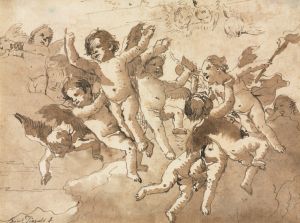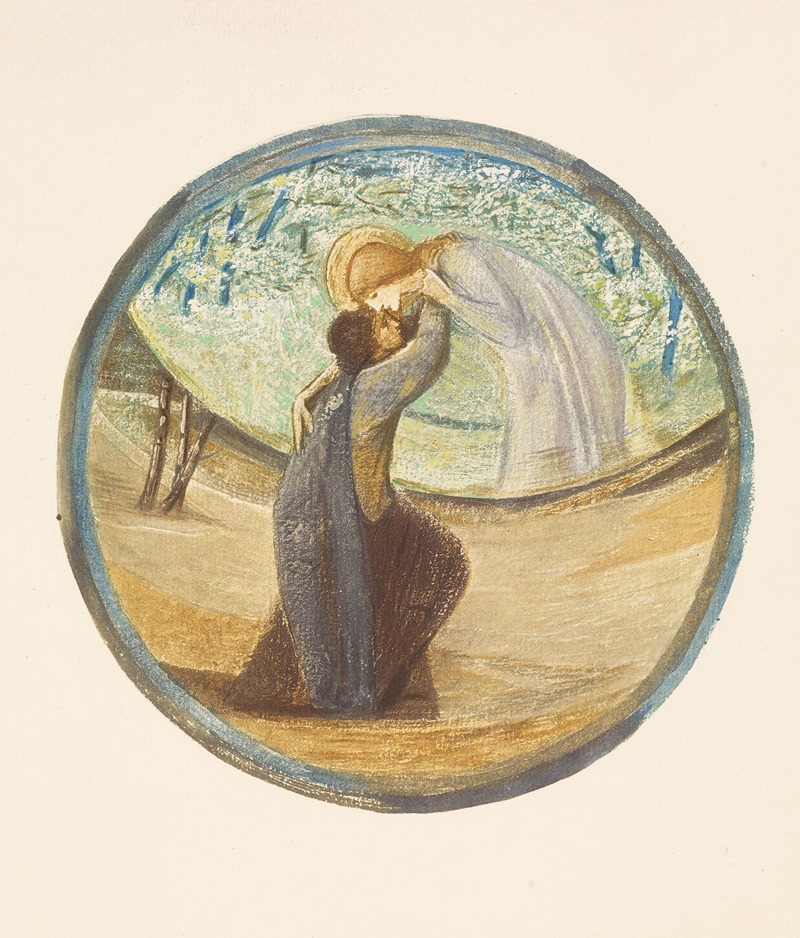
Golden Greeting
A hand-painted replica of Sir Edward Coley Burne-Jones’s masterpiece Golden Greeting, meticulously crafted by professional artists to capture the true essence of the original. Each piece is created with museum-quality canvas and rare mineral pigments, carefully painted by experienced artists with delicate brushstrokes and rich, layered colors to perfectly recreate the texture of the original artwork. Unlike machine-printed reproductions, this hand-painted version brings the painting to life, infused with the artist’s emotions and skill in every stroke. Whether for personal collection or home decoration, it instantly elevates the artistic atmosphere of any space.
"Golden Greeting" is a painting by the British artist Sir Edward Coley Burne-Jones, a prominent figure in the Pre-Raphaelite Brotherhood and the later Aesthetic Movement. Burne-Jones, born in 1833 and died in 1898, was known for his romantic and often medieval-themed works that emphasized beauty and craftsmanship.
The painting "Golden Greeting" was completed in 1896, towards the end of Burne-Jones's career. It is an oil on canvas and measures approximately 101.6 cm by 76.2 cm (40 inches by 30 inches). The work is characterized by Burne-Jones's typical style, which includes elongated figures, intricate details, and a dreamlike quality.
"Golden Greeting" depicts a scene with two female figures in an embrace, set against a richly decorated background. The figures are dressed in flowing, ornate garments that are typical of Burne-Jones's fascination with medieval and Renaissance aesthetics. The title suggests a moment of warm welcome or reunion, and the golden hues used throughout the painting enhance the sense of warmth and richness.
The painting is notable for its use of color and light. Burne-Jones employs a palette dominated by golds and yellows, which gives the painting a luminous quality. The figures are rendered with delicate, almost ethereal features, and their expressions convey a sense of serenity and grace. The background is filled with intricate patterns and designs, which add to the overall sense of opulence and detail.
Burne-Jones was heavily influenced by the works of Italian Renaissance artists, and this influence is evident in "Golden Greeting." The composition, with its balanced arrangement of figures and attention to detail, reflects the artist's admiration for the harmonious and idealized forms of Renaissance art. Additionally, the painting's decorative elements and emphasis on beauty align with the principles of the Aesthetic Movement, which sought to prioritize art for art's sake.
"Golden Greeting" is part of the collection at the Birmingham Museum and Art Gallery in Birmingham, England. The museum holds a significant number of works by Burne-Jones, who was born in Birmingham and maintained a strong connection to the city throughout his life. The painting is considered one of Burne-Jones's later masterpieces and exemplifies his mature style and technical skill.
In summary, "Golden Greeting" by Sir Edward Coley Burne-Jones is a quintessential example of the artist's work, showcasing his talent for creating beautiful, detailed, and evocative scenes. The painting's use of color, light, and composition reflects Burne-Jones's deep appreciation for Renaissance art and his commitment to the ideals of the Aesthetic Movement.





